Expansion in Telecommunications
The telecommunications industry is undergoing rapid expansion, which is significantly impacting the heat shrink tubing and sleeves market. With the rollout of 5G networks and the increasing demand for high-speed internet, there is a heightened need for efficient cable management and protection solutions. Heat shrink tubing and sleeves are essential for safeguarding sensitive cables and connectors from environmental factors, thereby ensuring optimal performance. Market data indicates that the telecommunications sector is expected to grow at a CAGR of approximately 6% in the coming years, further driving the demand for heat shrink products. As companies invest in infrastructure to support advanced communication technologies, the heat shrink tubing and sleeves market is poised to benefit from this upward trend.
Growth in Renewable Energy Sector
The renewable energy sector is witnessing significant growth, which is positively influencing the heat shrink tubing and sleeves market. As the world shifts towards sustainable energy sources, the demand for efficient insulation solutions in solar and wind energy applications is increasing. Heat shrink tubing and sleeves are crucial for protecting electrical connections and ensuring the longevity of components in harsh environmental conditions. Recent market analysis suggests that the renewable energy sector could expand at a CAGR of around 7% over the next decade, thereby creating substantial opportunities for heat shrink product manufacturers. This growth is likely to be fueled by government initiatives promoting clean energy, which in turn enhances the need for reliable insulation solutions in the heat shrink tubing and sleeves market.
Increasing Demand in Automotive Sector
The automotive sector is experiencing a notable surge in demand for heat shrink tubing and sleeves, primarily due to the growing emphasis on vehicle safety and performance. As vehicles become more technologically advanced, the need for reliable insulation and protection of electrical components intensifies. The heat shrink tubing and sleeves market is projected to witness substantial growth, with estimates suggesting a compound annual growth rate (CAGR) of around 5% over the next few years. This growth is driven by the increasing integration of electronic systems in vehicles, necessitating effective insulation solutions to prevent short circuits and enhance durability. Furthermore, the shift towards electric vehicles is likely to further propel the demand for heat shrink products, as these vehicles require specialized insulation materials to manage high-voltage systems.
Rising Applications in Medical Devices
The medical device sector is increasingly adopting heat shrink tubing and sleeves, which is contributing to the growth of the heat shrink tubing and sleeves market. These products are essential for providing insulation and protection to sensitive electronic components in medical devices, ensuring their reliability and safety. The market for medical devices is projected to grow at a CAGR of around 5% in the coming years, driven by advancements in healthcare technology and an aging population. As the demand for sophisticated medical equipment rises, the need for high-quality heat shrink solutions becomes more pronounced. This trend indicates a promising future for the heat shrink tubing and sleeves market, as manufacturers align their offerings with the specific requirements of the medical sector.
Technological Innovations in Manufacturing
Technological innovations in manufacturing processes are playing a pivotal role in shaping the heat shrink tubing and sleeves market. Advances in materials science and production techniques are leading to the development of more efficient and durable heat shrink products. For instance, the introduction of cross-linked polyolefin materials has enhanced the performance characteristics of heat shrink tubing, making them more resistant to heat, chemicals, and abrasion. This evolution in manufacturing is expected to drive market growth, with projections indicating a potential increase in market size by approximately 4% annually. As manufacturers continue to innovate and improve product offerings, the heat shrink tubing and sleeves market is likely to attract new customers seeking high-performance solutions.


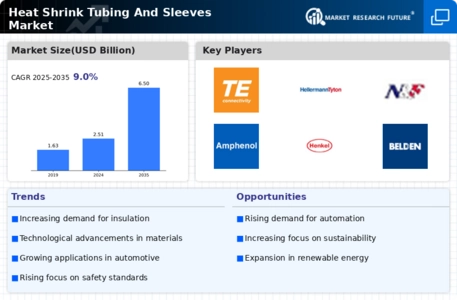
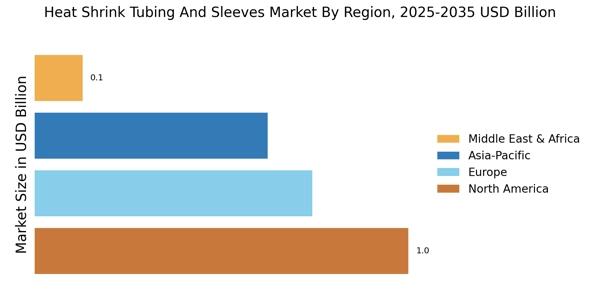

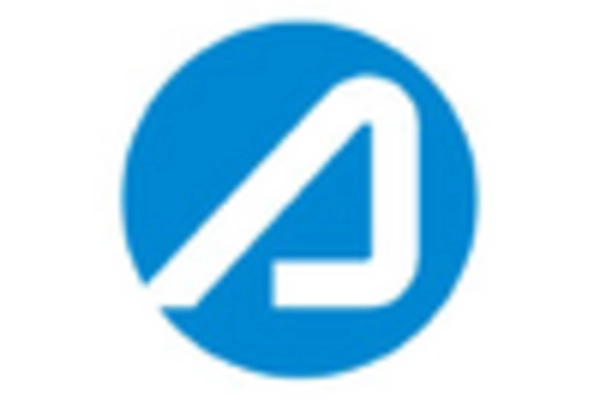
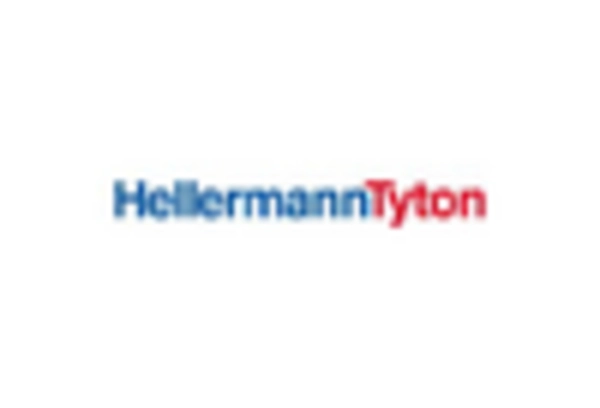
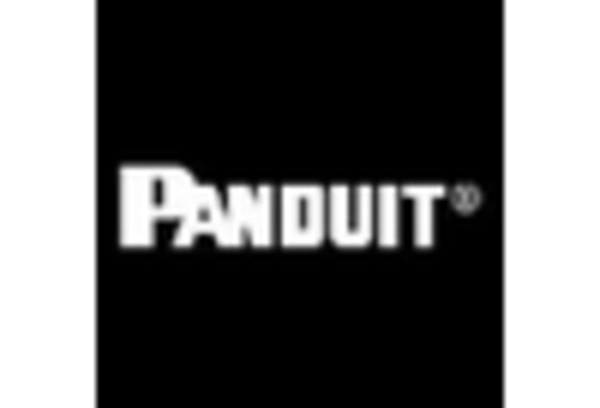
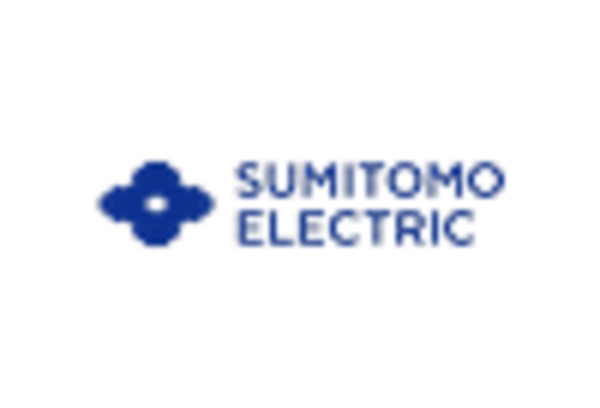









Leave a Comment